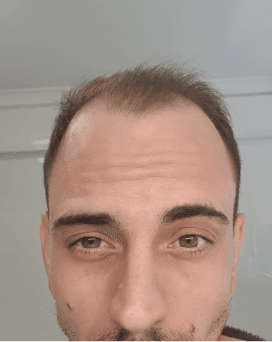
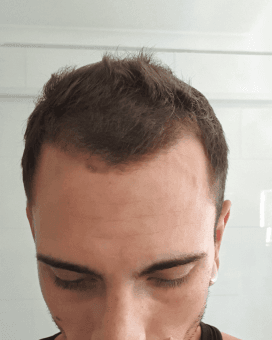

Like most blokes, you’ve probably given your head a good scratch only to find a bunch of flakes on your fingertips. Dandruff is a common issue, much like hair loss, which many men face. If you're looking to manage hair loss, there are treatment options available, such as Minoxidil, but for now, let's focus on how to tackle those unsightly flakes on your scalp.
Dandruff is an extremely common condition. It affects up to 50% of all people[1]! Even though most men experience dandruff at some point during their lives, it’s still a humiliating problem. No one wants to date, promote, or hang out with the guy who sheds flakes wherever he goes.
What is dandruff? What causes it? How do you get rid of it? We explain everything in this article.
Dandruff is a chronic scalp condition that causes unsightly flakes to appear and fall off the head. It’s not chronic or serious. The scalp often itches when the flakes break away from the skin. Some sufferers experience tenderness or slight redness on the scalp.
Dandruff isn’t related to hygiene. It’s possible to struggle with dandruff even though you are grooming yourself properly every day. That said, you can treat your own dandruff by spending more time washing your scalp and brushing your hair.

You would think dandruff is one of those conditions we know well, but that isn’t the case. We don’t know the exact causes of dandruff.
The prevailing theory is that dandruff is linked to hormone production. This would explain why some people struggle with dandruff while others don’t, even when they live and work in the same conditions. Dandruff is also bad for some people during puberty when hormones are elevated and changing.
While dandruff is certainly annoying and unsightly, it doesn’t come with any complications. It’s usually not necessary to consult a doctor unless you think the dandruff is unusually bad or painful.
If you notice blood in the flakes or on your scalp, swelling, or signs of eczema, psoriasis, or another type of skin condition, speak to a GP. These signs may indicate a deeper medical problem.
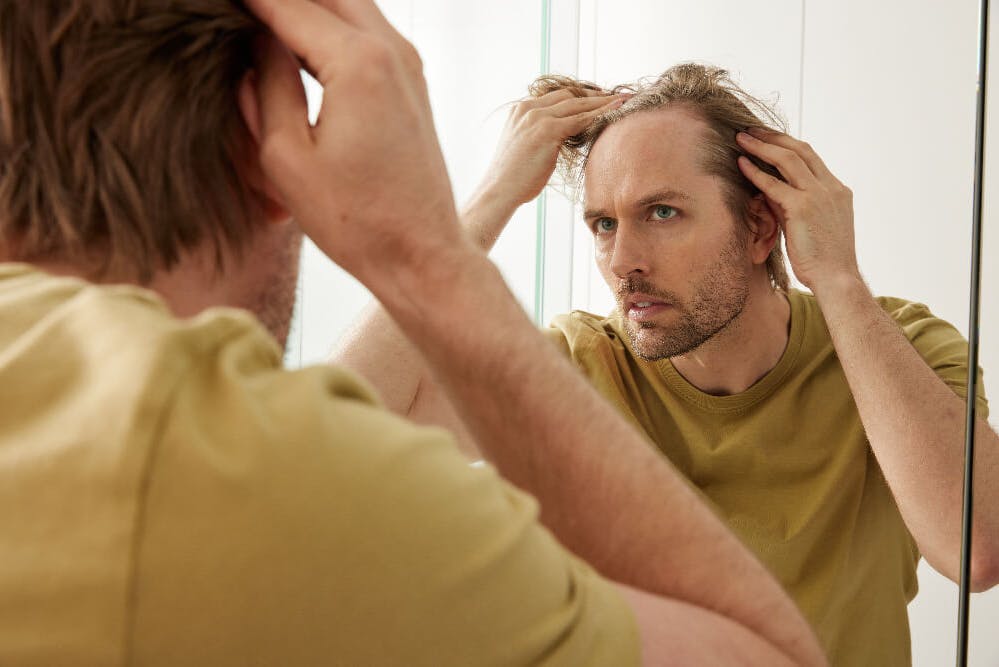
There’s really no way to know what’s causing your dandruff. This is one of those conditions you have to treat to learn what causes it.
Fortunately, you don’t need to see a doctor. Most cases of dandruff can be treated at home. Here are some strategies to help.
Prolonged, chronic stress or sudden periods of traumatic stress can trigger dandruff in some people. If you notice that your dandruff coincides with stress, take steps to eliminate some stress in your life. This is especially important if you think stress plays a role in your hair loss as well.
Sunlight can dry some of the oil on your scalp that contributes to dandruff. It also forces your skin to produce vitamin D, which is important for overall skin health. While the sun can reduce inflammation in the skin by local immunosuppressive effects, it also causes skin cancer and premature aging. That means wrinkles and spots! There are many other effective ways to treat dandruff that do not harm your skin.such as Vitamin D supplements (although have a chat to your doctor or a Mosh doctor online to see if this is suitable for you).
Shampooing your hair will strip away a lot of the oil from your hair and scalp. You don't have to use a harsh shampoo, but you should use a mild shampoo more often.
Also, consider switching to a shampoo designed to treat dandruff. You can find plenty of over-the-counter varieties. Shampoos can only treat dandruff, so be wary of any products that claim they can cure it.
Here are some ingredients to look for in a dandruff treatment shampoo. Make sure whichever product you choose contains at least one of these.
For best results, we recommend speaking with one of our doctors (free). We offer a shampoo that's tailored to meet your needs. It can help with dandruff and even hair loss. Start by taking this short quiz.
Whatever you use, make sure to follow the product’s specific instructions. Some products are supposed to be left on for a few minutes, while others are supposed to be rinsed off right away.
Before you use a dandruff treatment or antifungal shampoo, make sure to remove any crusty or scaly patches on the scalp. These groups of dead skin and dried oil will prevent the shampoo from reaching the scalp.
Baking soda is an exfoliant that’s useful for removing dead skin cells and reducing itchiness. It also has antifungal properties that might help if your dandruff is caused by fungus. Baking soda can inhibit 79% of different fungal growths that cause skin infections.
Omega-3 fatty acids play an important role in skin health. They manage oil production and hydration while promoting wound healing. A lack of omega-3 fatty acids can cause a number of symptoms, like dry skin and hair that lead to dandruff. You can find them in sardines, walnuts, salmon, trout, mackerel, kale, bread, flaxseeds, and chia seeds. Or you can just take a supplement.
Aspirin contains salicylic acid, one of the primary ingredients in dandruff shampoos. Crush two or three aspirin tablets into a fine powder and mix it into your shampoo. Leave the mixture in your hair for two minutes before rinsing well.
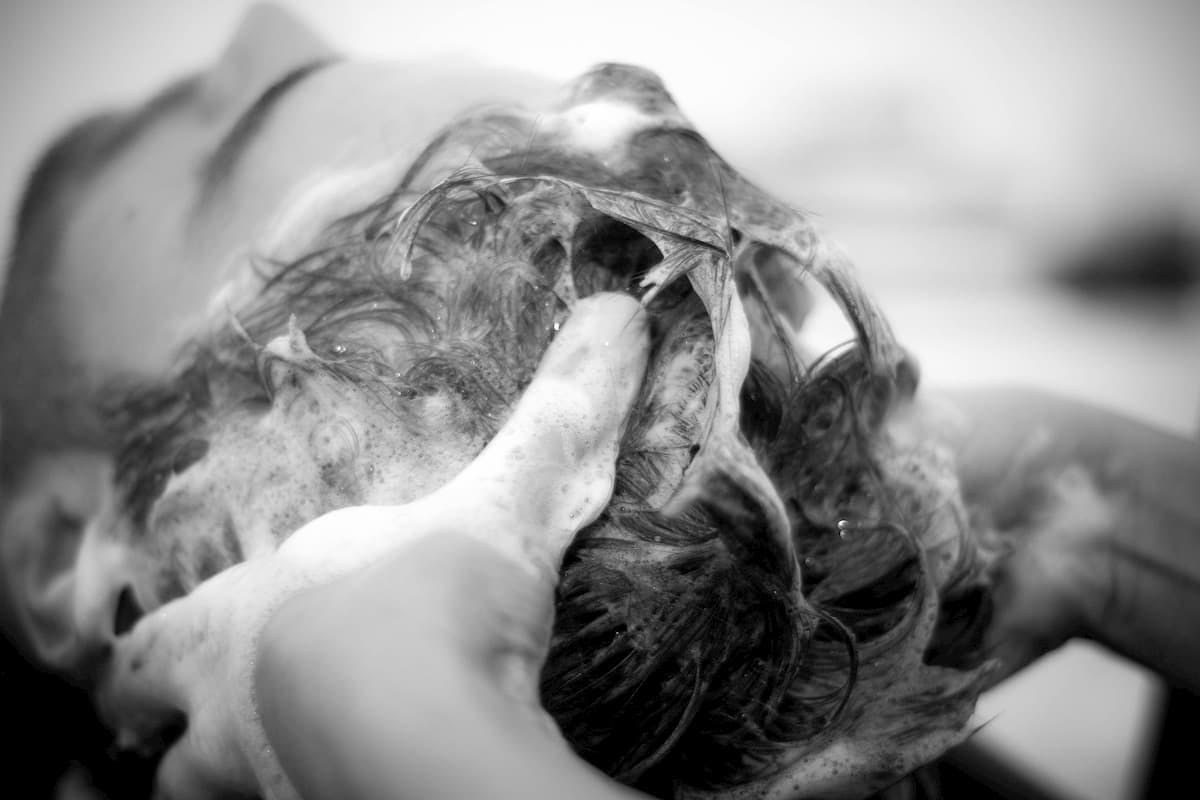
Dandruff isn't a serious condition, but it can be remarkably embarrassing. Don't stress about dandruff because many people get it and you'll eventually overcome it, but use the steps we outlined above to treat it right away.
P.S. Mosh doesn't just provide hair loss treatment programs; we also facilitate access to online weight loss treatments, and sexual health treatment, such as erectile dysfunction, premature ejaculation and prostate enlargement check, mental health support and skincare treatments. Get started today.


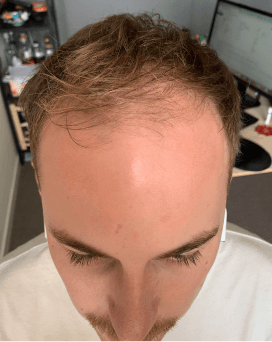
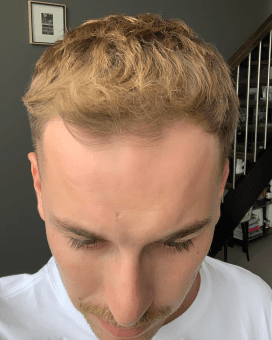
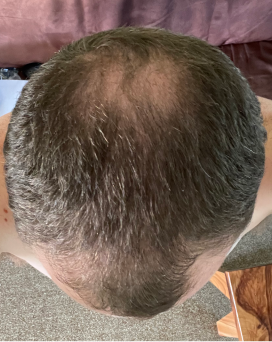
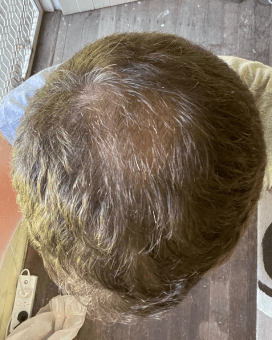
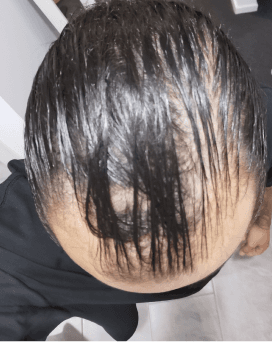
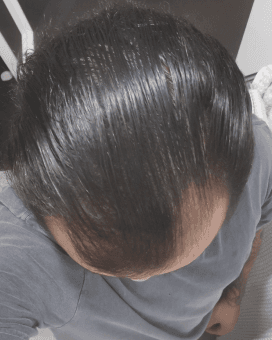
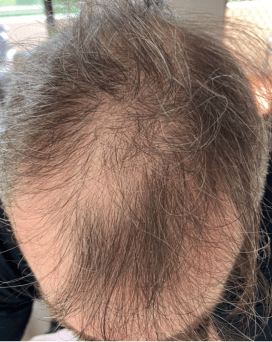
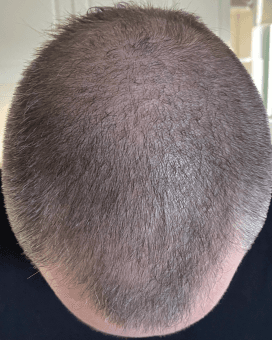
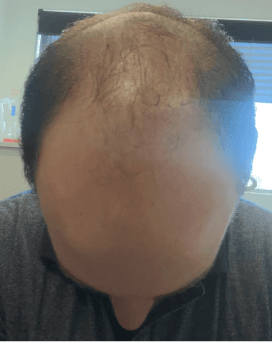
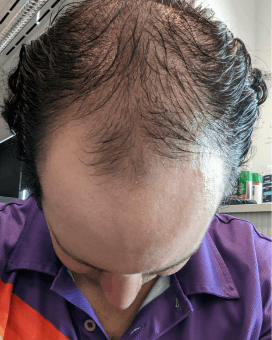
Ready to Treat Hair Loss?